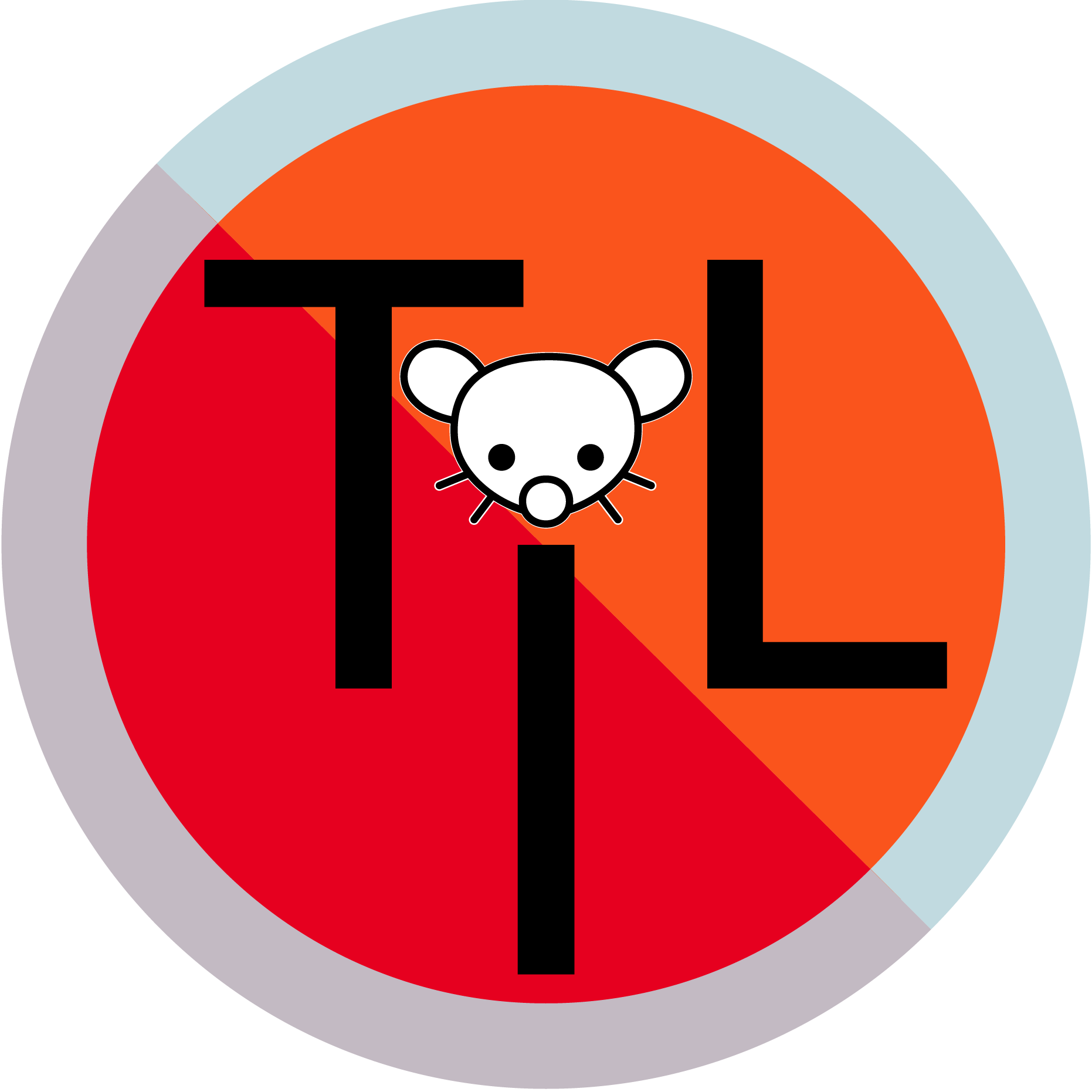

May his suffering be immense


May his suffering be immense


On top of this, the AI jobs are paying some flat-out ridiculous rates.
Like, millions of dollars up-front in signing bonuses kind of ridiculous


Ngl got some goosebumps, and I was only ever mildly into the show. That opening theme is strong
Largely accurate apart from special-purpose tools usually being employed instead of ChatGPT


Skill issue. Cope and seethe
Sample size of 1, but I’ve basically stopped buying beef since many years back because of how much more expensive it was as compared to chicken or vegetarian options. Granted, I like the climate benefits as well, but I wound down my beef purchasing before that was a more primary concern of mine.
This is in Sweden where beef prices as compared to alternatives have been high for a long time.


Tenerife is very nice to ride in. I haven’t done Teide yet, but it would be really cool.
To clarify - Sweden has a lesser variant of the U.S credit score system, but it differs in some important ways. For example, you don’t have to get a credit card to ‘build credit’ - you are assumed to be in good standing unless you have unusual ratios of debt and so on.
Sweden does not have a social credit score system.
I don’t know the subject well enough to tell, unfortunately.
Yep, that’s leptin resistance for you. Obesity is really a hormonal condition, and this is why GLP-1 inhibitors are so effective - they actually treat the hormonal condition and allow the recipient to manage their food intake without having their body hormonally work against them.
A layman’s explanation (to be clear, I am the layman) of my best understanding of the subject:
Hunger is controlled by 2 hormones:
As fat cells accumulate, leptin levels also increase, but a person that has developed leptin resistance will not feel the appropriate amount of hunger suppression from the leptin, leading to chronic hunger unless large energy intake is sustained.


I got a GMKtec G3.


I suppose I never actually had a good experience with Amazon to be able to compare against.


You’d be surprised, actually. You have to be careful, yes - the default option is that you get crap - but all of the high-quality cycling gear/running gear/variety consumer electronics I’ve scored is a testament to the possibility of getting great stuff.


Honestly, it’s baffling how good some of the stuff you can get off of AliExpress is, especially when taking the low price into account.
My ~$100 N100 server is a testament to that. Just need to score some additional storage for it
Your brain is not rotten enough to comprehend the statement


Unironically true actually, ffmpeg is everywhere in the video space
To my best understanding:
Mog = outdo another person in aesthetics
Hence a mogbattle would be a battle of looks, in this case determined by popular vote facilitated through the Discord reaction system.


There are plenty of good podcasts out there, so this doesn’t really hold up to scrutiny.
It’s a bit like calling all TV shit because of the existence of reality TV, or all movies bad because of the existence of Hallmark movies
Don’t ask unless you intentionally want to contract stage 4 brainrot
The banter is part of the experience. Getting a laugh while listening to some of the most horrifying shit in history is what we’re here for